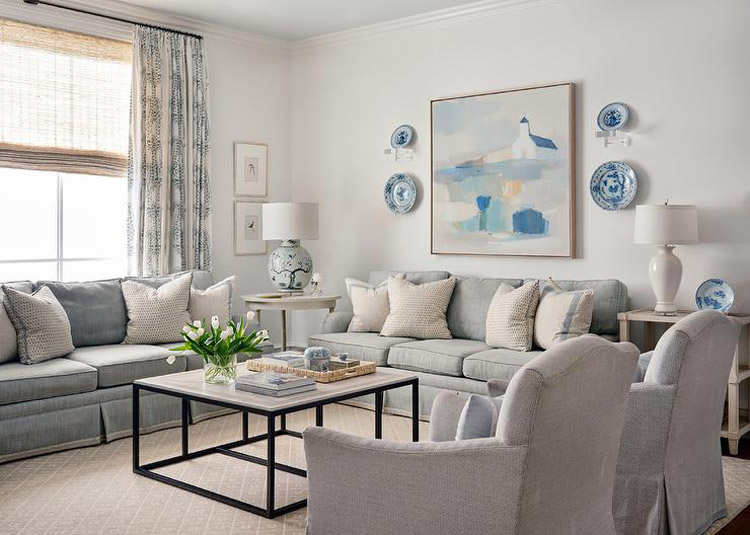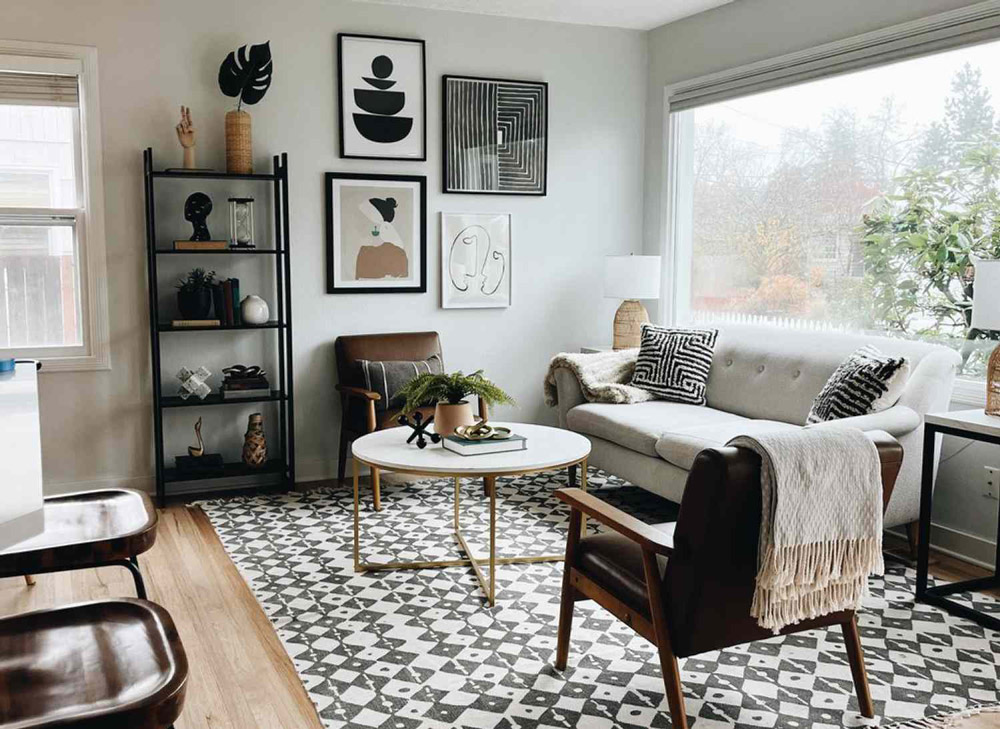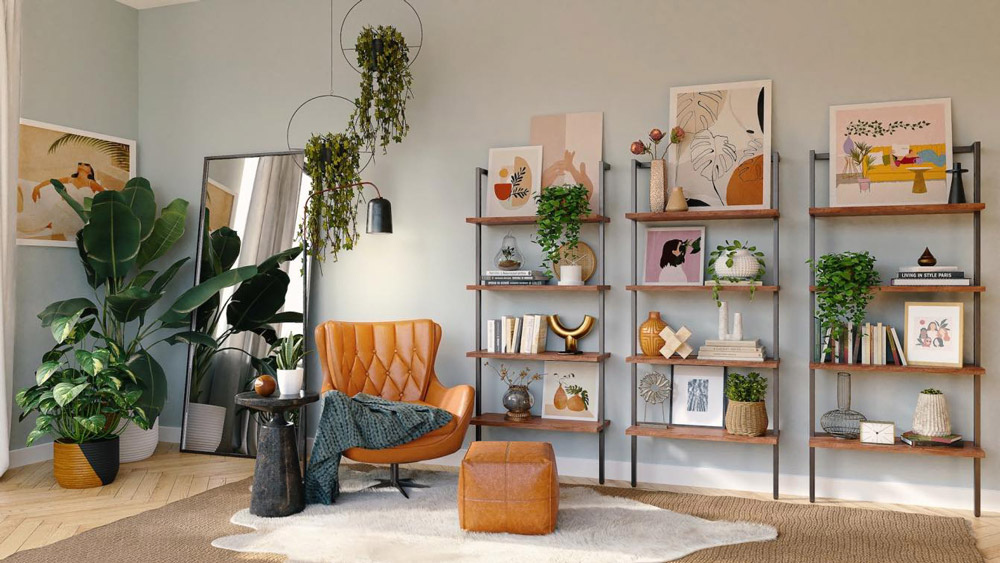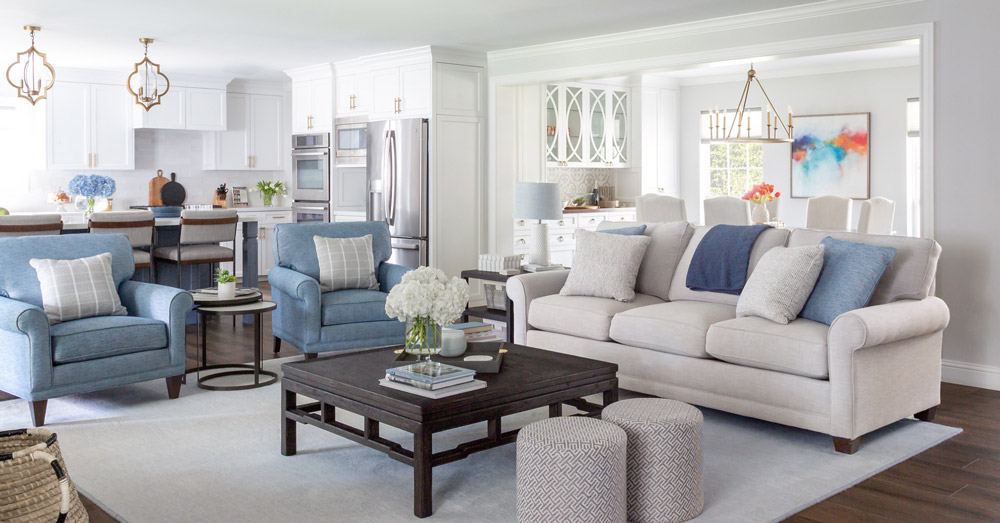When it comes to decorating your home, it’s easy to fall into the trap of overspending or underestimating where quality really matters. Not everything in a home needs to come with a luxury price tag, but certain items are worth investing in for their impact, durability, and function. The key is knowing where to splurge and where to save in home décor without compromising on style or comfort.
In this guide, we’ll walk through what elements of home décor deserve a larger portion of your budget and where you can afford to cut back—strategically. Whether you’re furnishing a new home, redesigning a single room, or just updating your style, this budget-conscious approach will help you create a cohesive, beautiful, and functional living space.
Contents
Why Strategic Spending in Interior Design Matters
Home décor is more than just aesthetics. It’s about creating a space that feels comfortable, reflects your personality, and serves your lifestyle. However, every design decision has a price tag. The challenge lies in allocating your budget wisely.
Investing in high-quality pieces where it counts ensures longevity, while saving on less impactful areas allows you to maintain a reasonable budget. You don’t need an unlimited budget to create a stylish home; you just need a strategy.
Let’s break it down.

What to Splurge On in Home Décor
1. Quality Furniture
The foundation of every room starts with key furniture pieces. Think sofas, beds, dining tables, and armchairs. These are often used daily, so they must be comfortable, durable, and built to last.
A good-quality sofa or bed may cost more upfront, but it pays off in the long run in terms of comfort, support, and resistance to wear and tear. Look for solid frames, high-resilience foam, and quality upholstery. These are the core pieces of your home—don’t skimp on them.
2. Statement Lighting Fixtures
Lighting does more than illuminate; it sets the mood and enhances the overall design. A well-placed chandelier, pendant light, or designer lamp can become a focal point that elevates the entire space.
While you can save on accent lights or LED strips, your primary lighting fixtures should be treated as investment pieces. Choose timeless designs that won’t go out of style quickly.
3. Original Artwork and Wall Features
Unique art adds personality and depth to your home. Whether it’s a bold painting above the mantel or a sculptural piece in the hallway, artwork makes a space feel lived-in and curated.
Investing in original or limited-edition art supports artists and gives your space an authentic, upscale touch. You don’t need to buy from high-end galleries—local art fairs, student showcases, or direct artist commissions are great alternatives.

4. Window Treatments
Many overlook the importance of curtains, blinds, and shades. But quality window treatments do more than dress up a window—they offer insulation, light control, and privacy.
Opt for custom or well-tailored drapes in natural fabrics. Cheap window treatments can easily make a room feel unfinished or dated. Spend a little more here for a polished look and energy efficiency.
5. Mattresses and Ergonomic Office Chairs
These may not feel like décor in the traditional sense, but they are essential to your daily life. A good mattress promotes better sleep and overall health. Similarly, an ergonomic chair supports posture during work hours, especially for home offices.
If you’re going to splurge on one “invisible” piece, let it be your sleep and work support systems.
Where You Can Save in Home Décor
1. Decorative Accessories
Trendy pillows, vases, trays, and candles are great for seasonal updates and don’t require a big budget. These small accents can easily be swapped out as trends shift or your taste evolves.
Rather than spending hundreds on designer pillows or bowls, shop at home décor chains, thrift stores, or online marketplaces. Often, the aesthetic impact is the same at a fraction of the price.
2. Trend-Based Pieces
Design trends come and go—fast. What’s popular this year may look outdated the next. For trendy elements like colors, patterns, or unusual shapes, opt for budget-friendly versions.
Use these in accent furniture like side tables, bar stools, or decor like wallpaper and peel-and-stick tiles. That way, when trends shift, you can update without regret.

3. Rugs in High-Traffic Areas
Rugs can define a space and add warmth, but in areas like entryways or kids’ playrooms, they wear out quickly. Instead of spending thousands on hand-knotted wool rugs, look for washable, stain-resistant options.
There are now many affordable rug brands offering attractive, functional pieces designed for busy households.
4. Shelving and Storage Units
While built-in units and custom shelving can be worth it in certain spaces, most homeowners can save by using ready-to-assemble or modular storage solutions.
Focus on function and keep the style simple and clean. IKEA, Wayfair, or secondhand stores offer a wide range of options that don’t sacrifice visual appeal.
5. DIY or Upcycled Décor
Personalized, handmade, or upcycled items can add charm and originality. A refinished dresser, repurposed ladder shelf, or painted mirror can make just as much impact as something store-bought.
This is a great area to save money while adding one-of-a-kind elements to your space.
Budgeting Tips for Smarter Spending
- Prioritize high-use spaces: Spend more in the living room, bedroom, and kitchen where comfort and function matter most.
- Mix high and low: Combine luxury pieces with budget finds to create a well-balanced aesthetic.
- Use mood boards or design apps: Visual planning helps avoid impulse purchases and ensures cohesion.
- Wait for sales: Big-ticket items like furniture and lighting often go on sale during major holiday weekends.
Common Mistakes to Avoid
- Overspending on trendy décor: That neon sign or velvet pink ottoman might not age well. Stick to trends in accents, not anchors.
- Choosing looks over function: An uncomfortable designer chair is still an uncomfortable chair.
- Ignoring quality where it counts: Cutting corners on a sofa or bed will cost you in comfort and replacements later.
Final Thoughts
Home decorating doesn’t have to be all-or-nothing. By understanding which elements benefit most from a financial investment and where you can afford to go budget-friendly, you create a space that is both beautiful and practical.
Splurge on foundational, high-use pieces that impact your daily life and the overall look of your home. Save on seasonal trends, accessories, and items prone to quick wear and tear. With the right approach, you’ll have a home that looks high-end without draining your bank account.

